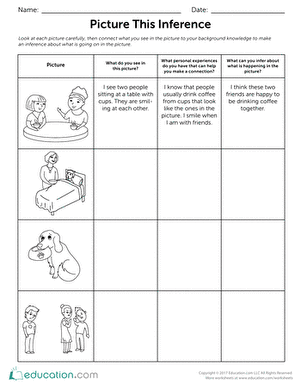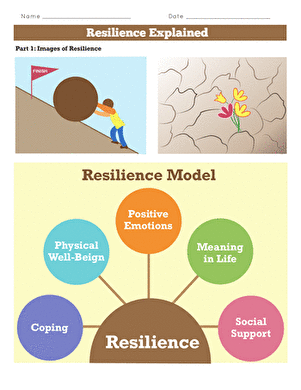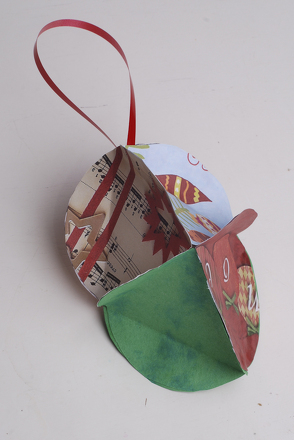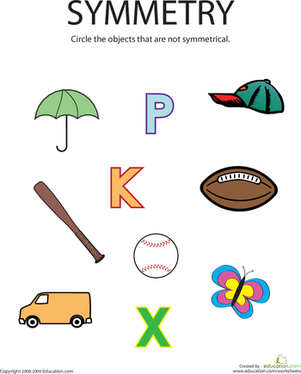Science project
Inverted Images
Optics is a branch of physics that explores light and its behaviors and interactions with objects. Lenses, which are made of transparent materials (usually glass), are curved objects that are used for focusing or spreading out (dispersing) light. Cameras, eyeglasses, and microscopes use lenses in a variety of ways to help us magnify, clarify or change how we see things. Depending on the type of lens, images can be flipped, magnified, blurred, or otherwise altered.
Problem
How can a magnifying glass change image orientation?
Materials
- Flashlight
- Black construction paper
- Scissors
- Tape
- 2 single lens magnifying glasses (not compound lenses)
Procedure
- Cut out a piece of black construction paper that will fit over the end of the flashlight.
- From this piece of paper, very carefully cut out a lower case “k” or another asymmetrical shape of your choice. Why should the shape be asymmetrical?

- Tape the paper over the end of the flashlight.
- If you are doing your experiment during the day, find a room that will be dark if you turn off the lights and close the window blinds.
- Tape or pin a large piece of black construction paper to a wall in the room.
- Set the stage—turn off the lights and cover the windows so that there is minimal light in the area.
- Turn on the flashlight and shine it against the black construction paper on the wall. Record your observations about the shape of the light.
- Take one magnifying glass and shine the light through the magnifying lens against the black construction paper on the wall. Record your observations about the shape of the light.
- With the help of a parent or friend, shine the light so it passes through two lenses to the construction paper on the wall. Record your observations about the shape of the light.
Results
The “k” will appear in its original orientation when projected without a lens. When shone through one lens, it will appear inverted, which means both upside down and backwards. When the light is shone through two lenses, it will appear in its original orientation.
Inverted "k"

Why?
Magnifying glasses are made of convex lenses. A convex lens makes objects look larger because it disperses light. When objects are magnified, they are within the focal length of the magnifying glass. The focal length is the distance between the center of the lens and its focus, the point where an object can be viewed clearly through a lens.

For magnifying glasses, the focus is normally a few inches away from the lens. The image appears inverted and smaller when the light is focused at a point beyond the lens's focal length.

Microscopes and telescopes have compound lenses (multiple lenses with the same focal point), which allow us to see small things much larger and in the right orientation. The first piece of the compound lens is the objective lens, which makes the object you are observing much larger but inverted. The projector lens then inverts the image again so that it appears correctly oriented when viewed through the eyepiece. Lenses in cameras, microscopes and telescopes can be adjusted so that you can clearly see things at various distances.
Education.com provides the Science Fair Project Ideas for informational purposes only. Education.com does not make any guarantee or representation regarding the Science Fair Project Ideas and is not responsible or liable for any loss or damage, directly or indirectly, caused by your use of such information. By accessing the Science Fair Project Ideas, you waive and renounce any claims against Education.com that arise thereof. In addition, your access to Education.com's website and Science Fair Project Ideas is covered by Education.com's Privacy Policy and site Terms of Use, which include limitations on Education.com's liability.
Warning is hereby given that not all Project Ideas are appropriate for all individuals or in all circumstances. Implementation of any Science Project Idea should be undertaken only in appropriate settings and with appropriate parental or other supervision. Reading and following the safety precautions of all materials used in a project is the sole responsibility of each individual. For further information, consult your state's handbook of Science Safety.













